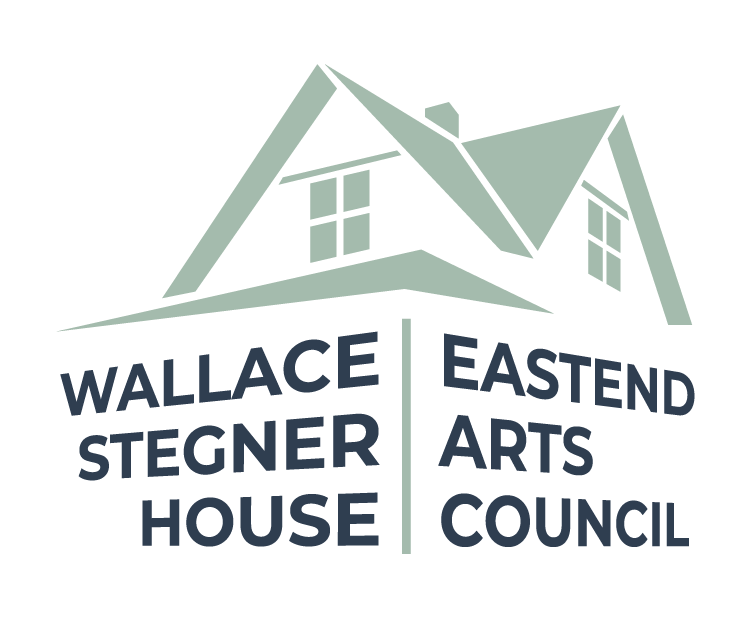
Wallace Stegner House celebrates Wallace Stegner’s spirit, legacy and love of the land by providing a resident sanctuary for inspiration and creativity, enriching the community and beyond.
Wallace Stegner
Wallace Stegner (1909-1993) was a prolific and celebrated writer of novels, short stories, and works of nonfiction related to history and the environment. Known as “The Dean of Western Writers,” Stegner taught at the universities of Utah, Wisconsin, Harvard and Stanford. In 1972, he won a Pulitzer Prize for fiction.
One of the most influential American writers of his generation, Stegner published two dozen works of fiction and nonfiction (most of which are still in print) and founded the first creative-writing program in North America. His writings and activism helped inspire the creation of the National Wilderness Preservation System which protects wild places.
Stegner lived most of his life in the United States, but the genesis of his inspiration and success as a writer can be traced back to southwest Saskatchewan. His family moved there in 1914, spending winters in the town of Eastend and summers forty miles away on a homestead. Though the family left Eastend in 1920, Stegner remembers the profound effect of his six short years in Saskatchewan.
Throughout his illustrious career, Wallace Stegner shone a light into dark corners of western history. But when it came to the suffering and displacement of Indigenous people in the Cypress Hills and beyond, he was blinded by his loyalties and preconceptions. These limitations also prevented him from appreciating the resilience of Indigenous people and the beauty of Indigenous cultures. As members of the Eastend Arts Council, we recognize the deficiencies in Stegner’s world view and in our own, and are committed to listening, learning and moving forward in a spirit of truth and reconciliation.
Additional Resources
Timeline of Stegner’s Life
Los Altos History Museum in Los Altos, California curated an exhibition called "Throwing a Long Shadow" which features a timeline of Stegner's life.
Annotated Bibliography
Montana State University hosts an annotated bibliography compiled by T.H. Watkins. All books are presented in the order in which they were published. Most are still in print, in various editions; check with your local library or bookstore for their availability.
Wallace Stegner as a White Guy Circa 1945
Stephen Trimble writes “it’s just about impossible to imagine America in 1945, for me as well as for most of the twenty-something college students in my class. Stegner wrote this book 10 years before Brown vs. Board of Education, 20 years before the Civil Rights and Voting Rights acts.
“I may not know who I am, but I know where I am from. I can say to myself that a good part of my private and social character … [was] … scored into me by that little womb-village and the lovely, lonely, exposed prairie of the homestead.”
Wallace Stegner House
Before Wallace Stegner's death in 1993 a few people had a dream. They envisioned that, in the town of Eastend, Saskatchewan, in the Cypress Hills surrounded by the last remaining Grasslands, Stegner’s childhood home could become a place of inspiration for writers and artists from across the world. Canadian author Sharon Butala initiated the dream and 10 years later, by 1989, the Wallace Stegner House became one of the very first community run writer/artist residencies in Canada.
Wallace Stegner House is operated by Eastend Arts Council Inc., a not for profit charitable corporation run by a volunteer board. Today, thirty years after Wallace Stegner House opened, over 270 writers and artists from the world over have found, and continue to find, inspiration inside those fabled walls.
Residency Program
Artists and writers from around the world are invited to create and explore the land from Wallace Stegner’s historic childhood home as part of a one month residency program. Applications for the residency program are open until Sept. 15 of each year. Each residency includes private access to the two-bedroom home with an office space for $500/month. You may also apply to the Grant for the Arts by April 30th to be considered for a honorarium of $500 and the residency fees covered. For details please see here.





